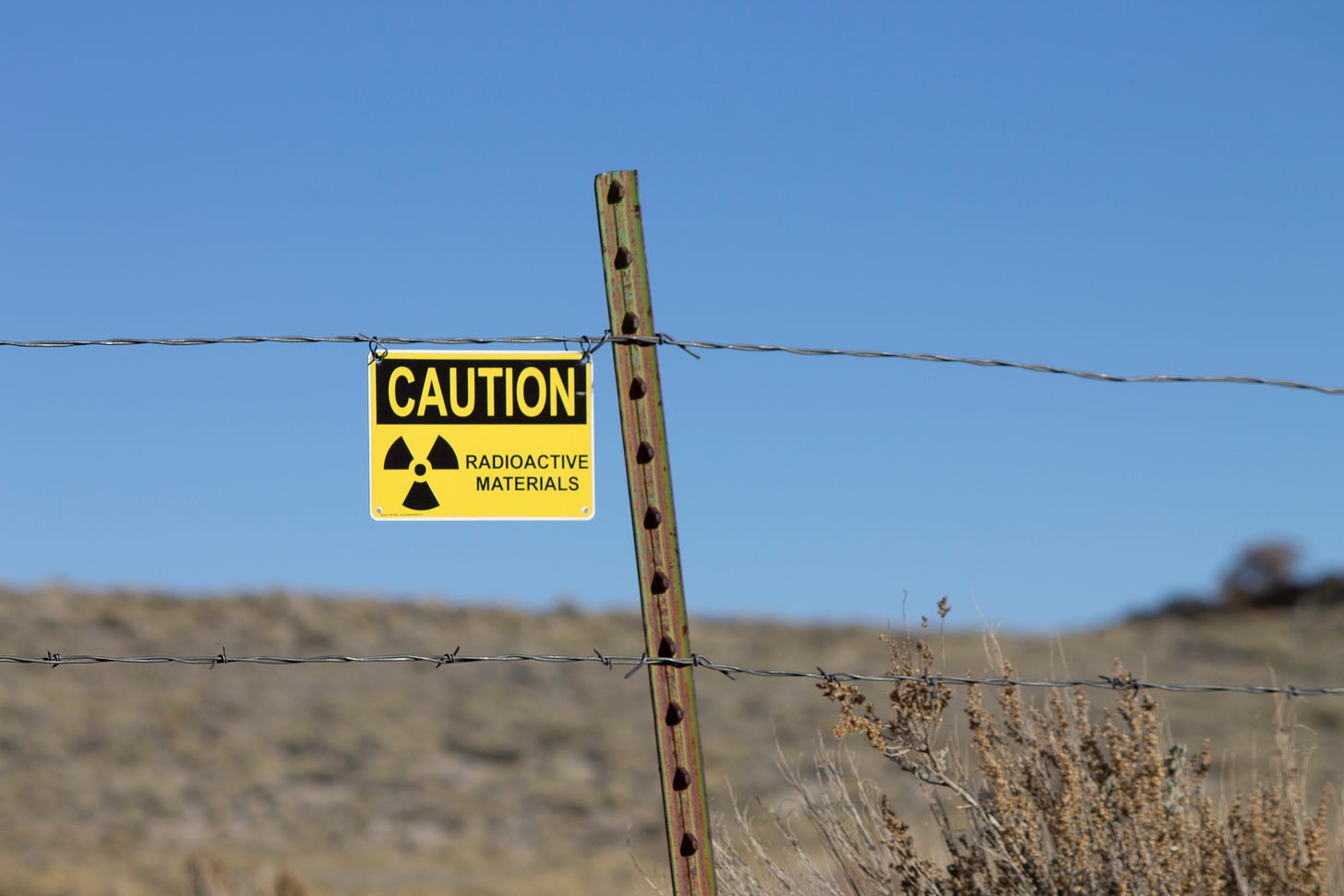Trump "emergency" fast-tracks Utah uranium mine
The BLM must complete a full environmental review in just 14 days
⛏️ Mining Monitor ⛏️
The proposed Velvet-Wood uranium mine in the Lisbon Valley of southeastern Utah will be the first test of the Trump administration’s “emergency permitting procedures” for oil and gas, uranium, coal, biofuels, and critical mineral projects on federal lands. The environme…
Keep reading with a 7-day free trial
Subscribe to The Land Desk to keep reading this post and get 7 days of free access to the full post archives.


